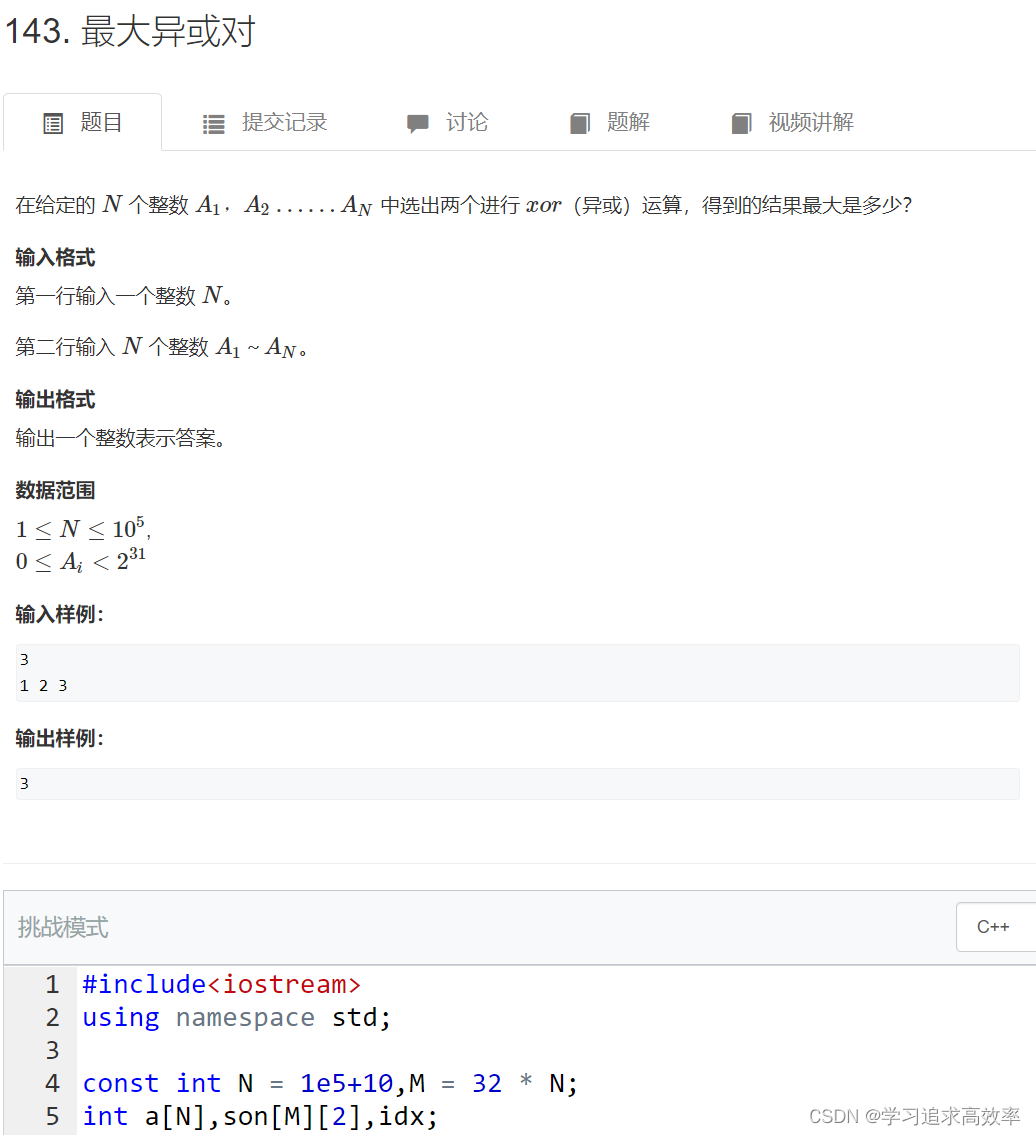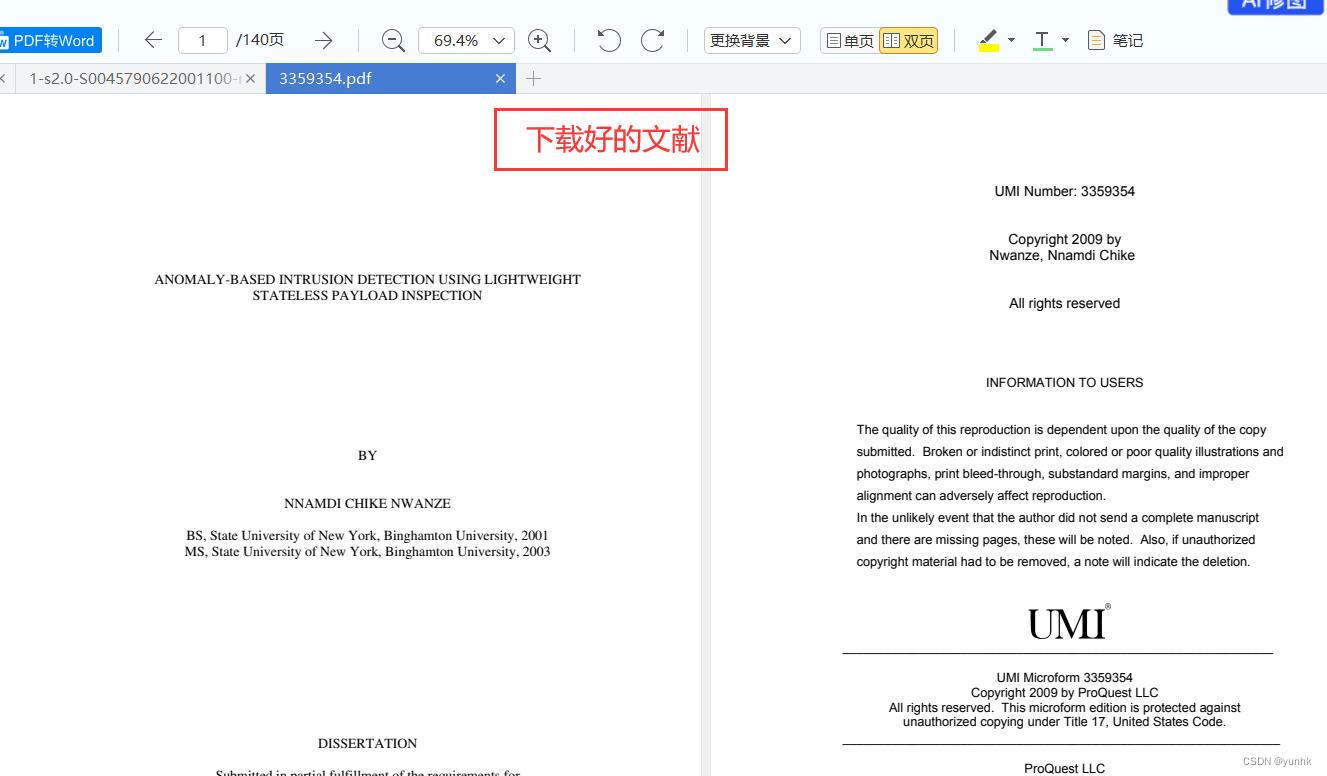【学习笔记】JDK源码学习之Vector(附带面试题)
什么是 Vector ?它的作用是什么?它的底层由什么组成?是否是线程安全的?
老样子,跟着上面的问题,我们层层深入了解 Vector 吧。
1、什么是Vector?
Vetcor 与 ArrayList 相似,其内部都是通过一个容量能够动态增长的 数组 来实现的。不同点是 Vector 是线程安全的。因为其内部有很多同步代码快来保证线程安全.
JDK 中原文有一句注释:
Vector is synchronized. If a thread-safe implementation is not needed, it is recommended to use ArrayList in place of Vector
表示如果不使用线程安全则可以使用 ArrayList ,因其效率比 Vector 高出不少。但是 Vector 是线程安全的,所以使用是比较好的。
一般使用 Vector :
Vector vector = new Vector<>();
2、Vector的实现接口和继承类
继承图:
![[外链图片转存失败,源站可能有防盗链机制,建议将图片保存下来直接上传(img-CwRl9nM6-1670855079344)(/Users/tiejiaxiaobao/Library/Application Support/typora-user-images/image-20221210175748310.png)]](https://img-blog.csdnimg.cn/6187797e921d4d53ab96456420d8404d.png)
通过源码来看:
public class Vector<E>
extends AbstractList<E>
implements List<E>, RandomAccess, Cloneable, java.io.Serializable
{
....
}
从上述源码中我们能发现 Vector 实现了 RandomAccess、Cloneable和Serialzable 等接口。
2.1 继承List类
Vector 继承了 List 类则可以使 Vector 能进行增删改查。底层则是使用 数组 : protected Object[] elementData;
2.2 实现RandomAccess接口
和 ArrayList 一样,实现 RandomAccess 接口可以增加随机遍历的效率,能大大提高访问 Vector 数组的时间。
具体可参考本篇文章: 地址
2.3 实现Serializable接口
为什么要实现 Serializable 接口呢?首先我们需要知道Java为什么需要序列化和反序列化。搞清楚这两个我们才能去理解为什么 Vector 要去实现 Serializable 这个接口。
之前在写 LinkedList 源码中曾写过具体的介绍,大家详情可以参考本篇文章嗷:地址 。
2.4 实现Cloneable接口
同 ArrayList 一样,实现了 Cloneable 接口,即 Vector 也可以实现浅拷贝和深度拷贝。
具体例子本篇就不过对赘述,详情可以参考本篇文章:地址 。
3、Vector中的变量、构造函数和重要方法
3.1 Vector中的变量
/**
* The array buffer into which the components of the vector are
* stored. The capacity of the vector is the length of this array buffer,
* and is at least large enough to contain all the vector's elements.
*
* <p>Any array elements following the last element in the Vector are null.
*
* @serial
*/
protected Object[] elementData;
/**
* The number of valid components in this {@code Vector} object.
* Components {@code elementData[0]} through
* {@code elementData[elementCount-1]} are the actual items.
*
* @serial
*/
protected int elementCount;
/**
* The amount by which the capacity of the vector is automatically
* incremented when its size becomes greater than its capacity. If
* the capacity increment is less than or equal to zero, the capacity
* of the vector is doubled each time it needs to grow.
*
* @serial
*/
protected int capacityIncrement;
/** use serialVersionUID from JDK 1.0.2 for interoperability */
private static final long serialVersionUID = -2767605614048989439L;
elementData: 存储元素的数组,初始容量为10 。elementCount: 记录数组中元素个数 。capacityIncrement: 自动扩容的大小,即当数组满了之后,就添加capacityIncrement个空间装载元素,如果 capacityIncrement<=0,则扩容时就扩容到目前Vector容量的两倍 。serialVersionUID:该类的序列化版本号 。
3.2 Vector中的构造函数
Vector 一共有四个构造函数:
- 指定容量和增长系数
- 指定容量
- 不指定,使用默认容量值10
- 指定集合初始化
3.2.1 Vector(int initialCapacity, int capacityIncrement):
指定容量和增长系数构造函数
源码:
/**
* Constructs an empty vector with the specified initial capacity and
* capacity increment.
*
* @param initialCapacity the initial capacity of the vector
* @param capacityIncrement the amount by which the capacity is
* increased when the vector overflows
* @throws IllegalArgumentException if the specified initial capacity
* is negative
*/
public Vector(int initialCapacity, int capacityIncrement) {
super();
if (initialCapacity < 0)
throw new IllegalArgumentException("Illegal Capacity: "+
initialCapacity);
this.elementData = new Object[initialCapacity];
this.capacityIncrement = capacityIncrement;
}
过程:
- 首先判断
initialCapacity(指定容量的值)是否小于0。如果小于零就抛出IllegalArgumentException异常。 - 然后初始化数组
elementData。 - 接着指定增长系数
capacityIncrement。
3.2.2 Vector(int initialCapacity)
指定容量
源码:
/**
* Constructs an empty vector with the specified initial capacity and
* with its capacity increment equal to zero.
*
* @param initialCapacity the initial capacity of the vector
* @throws IllegalArgumentException if the specified initial capacity
* is negative
*/
public Vector(int initialCapacity) {
this(initialCapacity, 0);
}
指定初始化容量,增长系数默认为0。
3.2.3 Vector()
源码:
/**
* Constructs an empty vector so that its internal data array
* has size {@code 10} and its standard capacity increment is
* zero.
*/
public Vector() {
this(10);
}
什么都不指定,默认给的容量是10。
3.2.4 Vector(Collection<? extends E> c)
指定集合初始化
源码:
/**
* Constructs a vector containing the elements of the specified
* collection, in the order they are returned by the collection's
* iterator.
*
* @param c the collection whose elements are to be placed into this
* vector
* @throws NullPointerException if the specified collection is null
* @since 1.2
*/
public Vector(Collection<? extends E> c) {
Object[] a = c.toArray();
elementCount = a.length;
if (c.getClass() == ArrayList.class) {
elementData = a;
} else {
elementData = Arrays.copyOf(a, elementCount, Object[].class);
}
}
过程:
- 先把集合
c转化为 数组a。 - 获取数组的长度并赋值给
elementCount。 - 判断如果是
ArrayList,则直接复制 。 - 否则需要进行拷贝。
3.3 Vector中重要的方法
3.3.1 add(E e):
源码:
/**
* Appends the specified element to the end of this Vector.
*
* @param e element to be appended to this Vector
* @return {@code true} (as specified by {@link Collection#add})
* @since 1.2
*/
public synchronized boolean add(E e) {
modCount++;
ensureCapacityHelper(elementCount + 1);
elementData[elementCount++] = e;
return true;
}
/**
* This implements the unsynchronized semantics of ensureCapacity.
* Synchronized methods in this class can internally call this
* method for ensuring capacity without incurring the cost of an
* extra synchronization.
*
* @see #ensureCapacity(int)
*/
private void ensureCapacityHelper(int minCapacity) {
// overflow-conscious code
if (minCapacity - elementData.length > 0)
grow(minCapacity);
}
过程:
- 首先先修改
modCount增加次数。 - 判断容量是否足够。
- 如果不够则进行扩容(下面单独分析
grow()方法的作用)。 - 反之将新元素放在最后一个元素,个数增加。
grow():
源码:
/**
* The maximum size of array to allocate.
* Some VMs reserve some header words in an array.
* Attempts to allocate larger arrays may result in
* OutOfMemoryError: Requested array size exceeds VM limit
*/
private static final int MAX_ARRAY_SIZE = Integer.MAX_VALUE - 8;
private void grow(int minCapacity) {
// overflow-conscious code
// 以前的容量
int oldCapacity = elementData.length;
// 现在的容量,是以前的容量加上扩展系数,如果扩展系数小于等于0,那么,就是以前的容量的两倍
int newCapacity = oldCapacity + ((capacityIncrement > 0) ?
capacityIncrement : oldCapacity);
if (newCapacity - minCapacity < 0)
newCapacity = minCapacity;
// 如果新的容量比最大的容量还要大(虚拟机的数组大小是有最大值的
if (newCapacity - MAX_ARRAY_SIZE > 0)
// 需要处理把最大的容量降低一些
newCapacity = hugeCapacity(minCapacity);
// 拷贝数据
elementData = Arrays.copyOf(elementData, newCapacity);
}
private static int hugeCapacity(int minCapacity) {
if (minCapacity < 0) // overflow
throw new OutOfMemoryError();
return (minCapacity > MAX_ARRAY_SIZE) ?
Integer.MAX_VALUE :
MAX_ARRAY_SIZE;
}
过程:
- 首先先获取之前的容量。
- 然后在获取现在的容量:现在的容量,是以前的容量加上扩展系数,如果扩展系数小于等于0,那么,就是以前的容量的两倍。
- 如果最小容量
minCapacity小于minCapacity。则就按照最小容量来扩容。 - 如果新的容量比最大的容量还要大(虚拟机的数组大小是有最大值的),则就抛出
OutOfMemoryError异常。 - 反之进行拷贝扩容。
3.3.2 add(int index, E element)
源码:
/**
* Inserts the specified element at the specified position in this Vector.
* Shifts the element currently at that position (if any) and any
* subsequent elements to the right (adds one to their indices).
*
* @param index index at which the specified element is to be inserted
* @param element element to be inserted
* @throws ArrayIndexOutOfBoundsException if the index is out of range
* ({@code index < 0 || index > size()})
* @since 1.2
*/
public void add(int index, E element) {
insertElementAt(element, index);
}
/**
* Inserts the specified object as a component in this vector at the
* specified {@code index}. Each component in this vector with
* an index greater or equal to the specified {@code index} is
* shifted upward to have an index one greater than the value it had
* previously.
*
* <p>The index must be a value greater than or equal to {@code 0}
* and less than or equal to the current size of the vector. (If the
* index is equal to the current size of the vector, the new element
* is appended to the Vector.)
*
* <p>This method is identical in functionality to the
* {@link #add(int, Object) add(int, E)}
* method (which is part of the {@link List} interface). Note that the
* {@code add} method reverses the order of the parameters, to more closely
* match array usage.
*
* @param obj the component to insert
* @param index where to insert the new component
* @throws ArrayIndexOutOfBoundsException if the index is out of range
* ({@code index < 0 || index > size()})
*/
public synchronized void insertElementAt(E obj, int index) {
// 修改次数增加
modCount++;
// 判断index是否非法
if (index > elementCount) {
throw new ArrayIndexOutOfBoundsException(index
+ " > " + elementCount);
}
// 确保容量足够
ensureCapacityHelper(elementCount + 1);
// 拷贝数据,将后面的元素,往后移动一位
System.arraycopy(elementData, index, elementData, index + 1, elementCount - index);
// 将实际的数据插入
elementData[index] = obj;
// 个数增加
elementCount++;
}
过程:
- 调用插入函数
insertElementAt。 - 增加
modCount的修改次数。 - 首先判断
index是否越界。 - 接着判断
Vector中的容量是否够用。 - 拷贝数据,将后面的元素,往后移动一位。
- 将实际的数据插入。
- 个数增加。
因为方法加了 synchronized 关键字可以保证线程安全,但是随之而来的就是效率的下降。
3.3.3 addAll(Collection<? extends E> c)
将一个集合所有元素添加进去
源码:
/**
* Appends all of the elements in the specified Collection to the end of
* this Vector, in the order that they are returned by the specified
* Collection's Iterator. The behavior of this operation is undefined if
* the specified Collection is modified while the operation is in progress.
* (This implies that the behavior of this call is undefined if the
* specified Collection is this Vector, and this Vector is nonempty.)
*
* @param c elements to be inserted into this Vector
* @return {@code true} if this Vector changed as a result of the call
* @throws NullPointerException if the specified collection is null
* @since 1.2
*/
public synchronized boolean addAll(Collection<? extends E> c) {
// 修改次数增加
modCount++;
// 转成数组
Object[] a = c.toArray();
// 数组的长度
int numNew = a.length;
// 确保容量足够
ensureCapacityHelper(elementCount + numNew);
// 拷贝
System.arraycopy(a, 0, elementData, elementCount, numNew);
// 新增数组长度
elementCount += numNew;
// 返回添加的数组是不是有数据
return numNew != 0;
}
过程:
- 首先增加修改次数
modCount。 - 然后把
c集合转化为数组并获取数组的长度。 - 判断原来的数组长度加上现在的数组长度是否容量够用。
- 如果够用则进行数据拷贝、增加数组长度并返回相关值。
3.3.4 addAll(int index, Collection<? extends E> c)
指定index,插入一个集合,和前面不一样的地方在于复制之前,需要计算往后面移动多少位,不是用for循环去插入,而是一次性移动和写入。
源码:
/**
* Inserts all of the elements in the specified Collection into this
* Vector at the specified position. Shifts the element currently at
* that position (if any) and any subsequent elements to the right
* (increases their indices). The new elements will appear in the Vector
* in the order that they are returned by the specified Collection's
* iterator.
*
* @param index index at which to insert the first element from the
* specified collection
* @param c elements to be inserted into this Vector
* @return {@code true} if this Vector changed as a result of the call
* @throws ArrayIndexOutOfBoundsException if the index is out of range
* ({@code index < 0 || index > size()})
* @throws NullPointerException if the specified collection is null
* @since 1.2
*/
public synchronized boolean addAll(int index, Collection<? extends E> c) {
// 增加修改次数
modCount++;
// 判读索引是否越界
if (index < 0 || index > elementCount)
// 如果越界则抛出异常
throw new ArrayIndexOutOfBoundsException(index);
// 将集合转化为数组
Object[] a = c.toArray();
// 获取新数组的长度
int numNew = a.length;
// 判断数组容量是否够用
ensureCapacityHelper(elementCount + numNew);
// 移动的步长计算
int numMoved = elementCount - index;
if (numMoved > 0)
// 移动后面的元素,腾出位置给插入的元素
System.arraycopy(elementData, index, elementData, index + numNew,
numMoved);
// 插入元素
System.arraycopy(a, 0, elementData, index, numNew);
// 更新个数
elementCount += numNew;
// 插入元素个数是否为0
return numNew != 0;
}
3.3.5 remove(Object o)
删除指定元素
源码:
/**
* Removes the first occurrence of the specified element in this Vector
* If the Vector does not contain the element, it is unchanged. More
* formally, removes the element with the lowest index i such that
* {@code (o==null ? get(i)==null : o.equals(get(i)))} (if such
* an element exists).
*
* @param o element to be removed from this Vector, if present
* @return true if the Vector contained the specified element
* @since 1.2
*/
// 实际调用的是removeElement()
public boolean remove(Object o) {
return removeElement(o);
}
// 线程安全
public synchronized boolean removeElement(Object obj) {
// 修改次数增加
modCount++;
// 获取第一个满足条件的元素缩影
int i = indexOf(obj);
// 如果索引满足条件
if (i >= 0) {
// 将索引为i的元素从数组中移除
removeElementAt(i);
// 返回删除成功的结果
return true;
}
// 返回失败的结果
return false;
}
// 线程安全
public synchronized void removeElementAt(int index) {
// 修改次数加一
modCount++;
// 判断索引是否越界
if (index >= elementCount) {
throw new ArrayIndexOutOfBoundsException(index + " >= " +
elementCount);
}
else if (index < 0) {
throw new ArrayIndexOutOfBoundsException(index);
}
// index后面的元素个数
int j = elementCount - index - 1;
if (j > 0) {
// 往前面移动一位(复制,覆盖)
System.arraycopy(elementData, index + 1, elementData, index, j);
}
// 长度减1
elementCount--;
// 将最后一个元素指向null,最后GC会进行回收
elementData[elementCount] = null; /* to let gc do its work */
}
过程:
- 首先找出最近的索引,然后判断索引是否越界。
- 如果没有越界则获取该索引后的元素个数。
- 把这些元素往前面移动一位(复制,覆盖)。
- 原来最后一个元素的位置置空,让GC回收。
3.3.6 remove(int index)
按照索引删除元素
源码:
public synchronized E remove(int index) {
// 修改次数增加
modCount++;
// 合法性判断
if (index >= elementCount)
throw new ArrayIndexOutOfBoundsException(index);
// 保存原来的数据
E oldValue = elementData(index);
// 移动的个数
int numMoved = elementCount - index - 1;
// 如果移动个数大于0
if (numMoved > 0)
// 后面的元素往前面移动一位,赋值,覆盖
System.arraycopy(elementData, index+1, elementData, index,
numMoved);
// 最后一个元素置空
elementData[--elementCount] = null; // Let gc do its work
// 返回旧的元素
return oldValue;
}
过程:
- 首先判断索引是否越界,如果越界则抛出 ArrayIndexOutOfBoundsException 异常。
- 保存原来的数据,并获取要移动的元素个数。
- 后面的元素往前面移动一位,赋值,覆盖。
- 最后一个元素置空,并让GC回收。
3.3.7 set
下面两个set函数都是,修改索引为index的元素,区别就是一个会返回旧的元素,一个不会返回旧的元素。
public synchronized E set(int index, E element) {
// 合法性判断
if (index >= elementCount)
throw new ArrayIndexOutOfBoundsException(index);
// 取出旧的元素
E oldValue = elementData(index);
// 更新
elementData[index] = element;
// 返回旧的元素
return oldValue;
}
public synchronized void setElementAt(E obj, int index) {
// 合法哦性判断
if (index >= elementCount) {
throw new ArrayIndexOutOfBoundsException(index + " >= " +
elementCount);
}
// 直接更新
elementData[index] = obj;
}
3.3.8 get
源码:
public synchronized E get(int index) {
// 合法判断
if (index >= elementCount)
throw new ArrayIndexOutOfBoundsException(index);
// 返回数组的元素
return elementData(index);
}
// 获取第一个元素:
public synchronized E firstElement() {
if (elementCount == 0) {
throw new NoSuchElementException();
}
return elementData(0);
}
// 获取最后一个元素:
public synchronized E lastElement() {
if (elementCount == 0) {
throw new NoSuchElementException();
}
return elementData(elementCount - 1);
}
E elementData(int index) {
return (E) elementData[index];
}
4、Vector常见的面试题
4.1 为什么要成倍的扩容而不是一次增加一个固定大小的容量呢?
4.2 为什么是以两倍的方式扩容而不是三倍四倍,或者其他方式呢?
4.3 Vector 和 ArrayList 的区别又有什么呢?
答案参考:地址

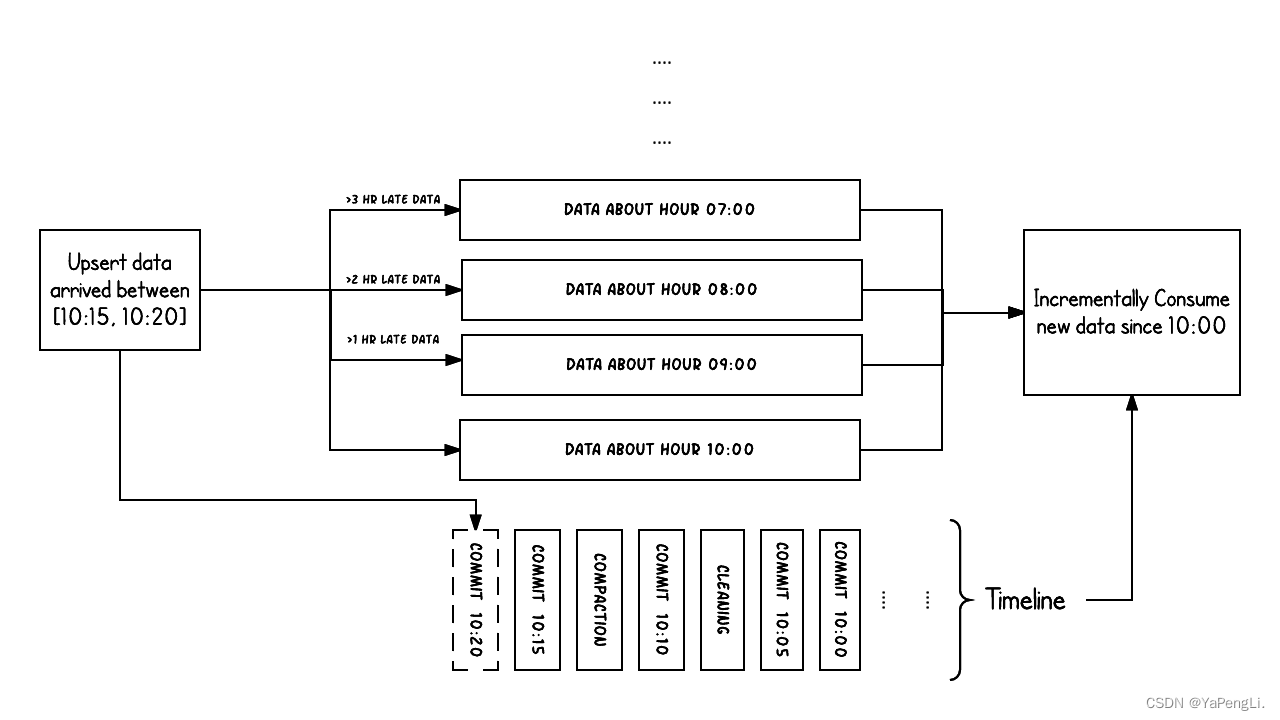
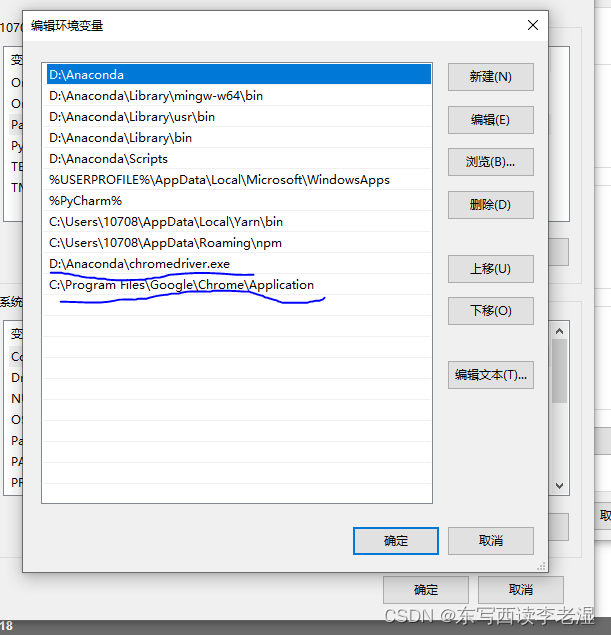
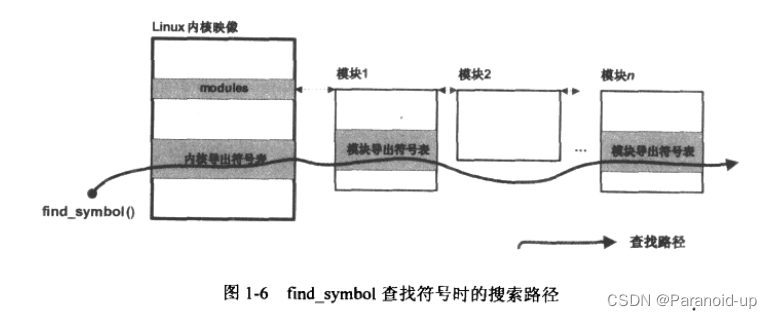
![[附源码]计算机毕业设计Python“小世界”私人空间(程序+源码+LW文档)](https://img-blog.csdnimg.cn/48cba93da3ad4beea55a442403d4d1b9.png)




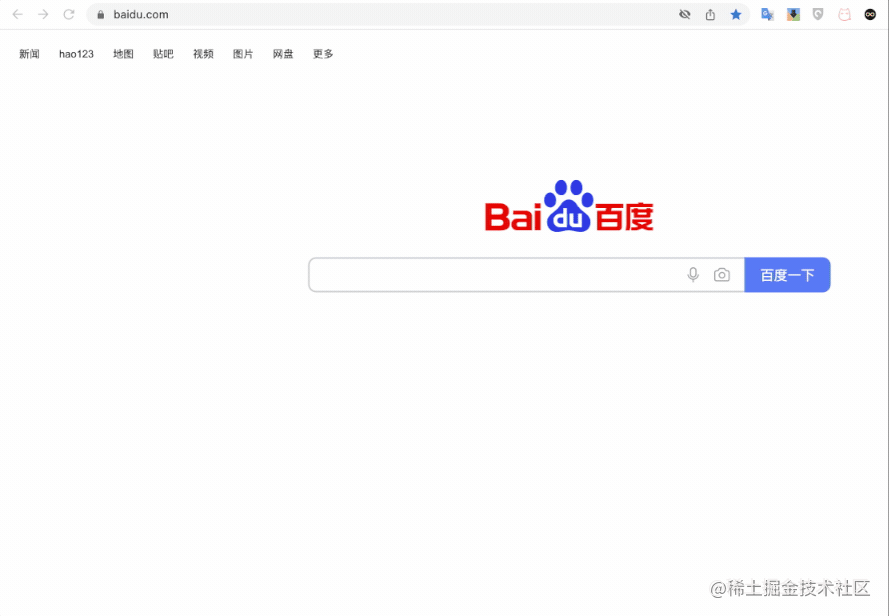

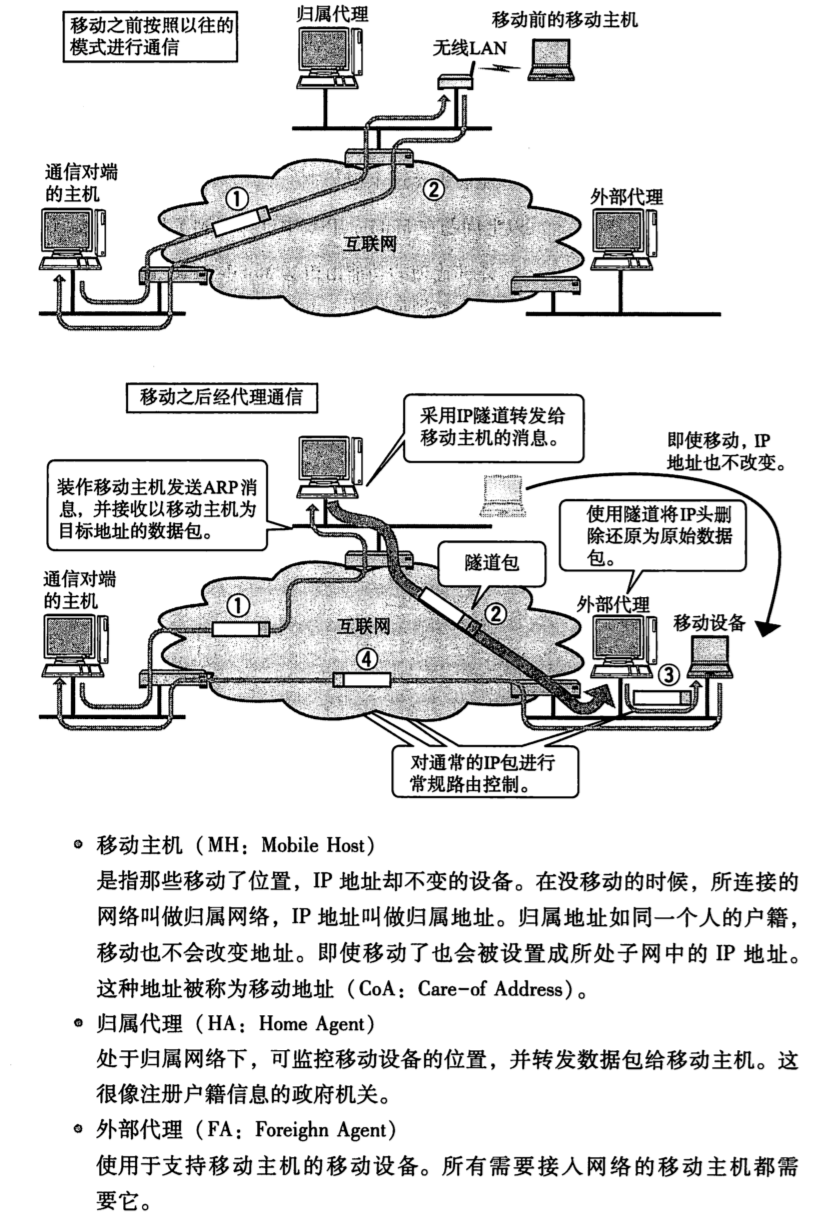

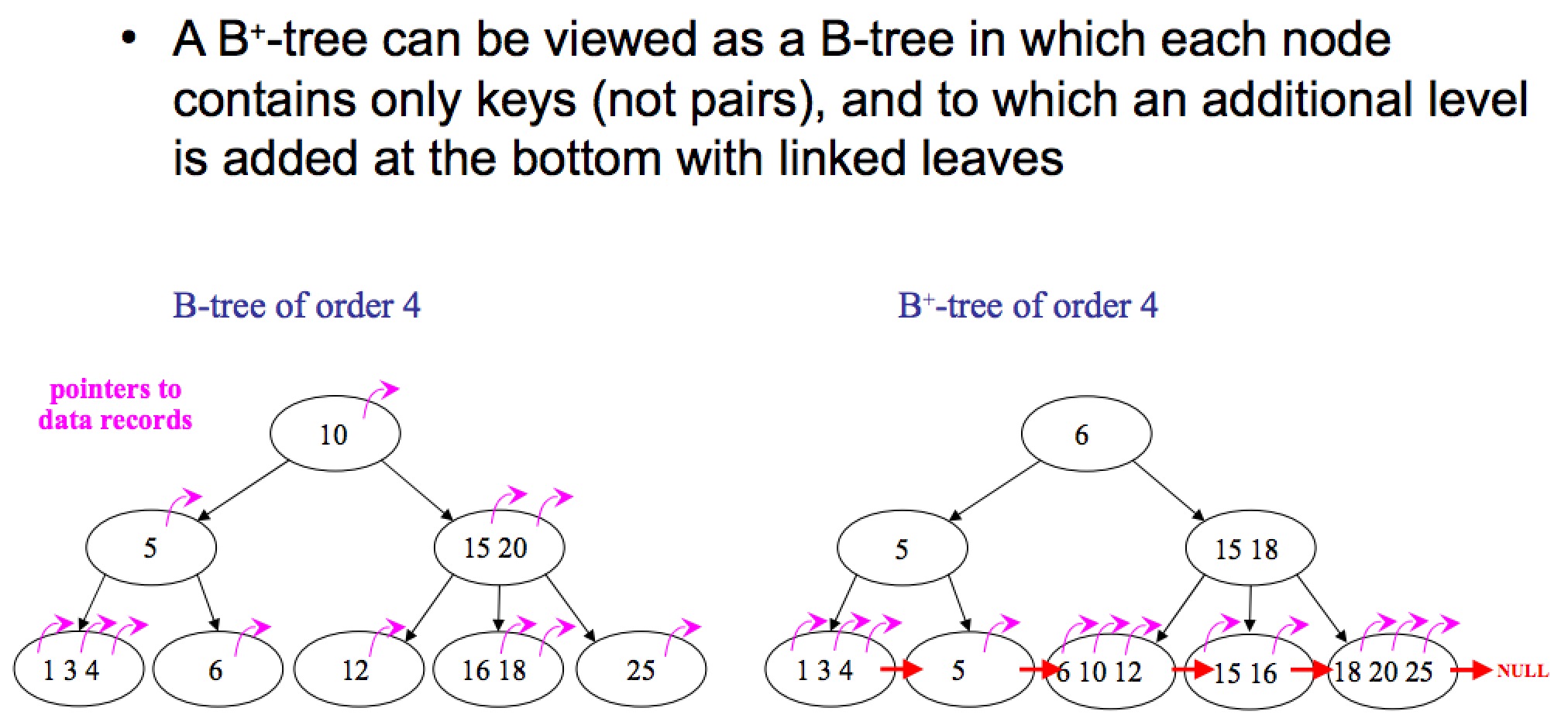
![[附源码]计算机毕业设计Python创新创业管理系统(程序+源码+LW文档)](https://img-blog.csdnimg.cn/1413f1e2805f4ba3b4f1fa8119f1868a.png)
